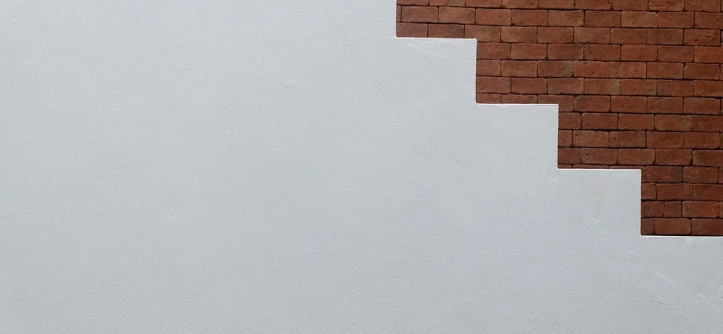There are lots of different materials you can use for siding. Fiber cement siding has been steadily gaining popularity since the 1980s after the process of manufacturing this type of siding moved away from asbestos which, as we now know, has adverse effects on anyone who interacts with it in any way. Now, fiber cement siding is made from cellulose fibers, silica, and cement. The mixture is pressed into sidings for exterior use. With the fiber cement siding market booming, we will look at its pros and cons.
Table of Contents
Environmental Neutral
A major downside of using other siding materials like PVC is that it releases harmful toxins as it breaks down or is disposed of in a landfill. Although fiber cement siding is not easily recyclable, all the materials used to manufacture it are environmentally friendly and do not degrade into dangerous or toxic substances.
Durability
Fiber cement siding is known to be resistant to most elements that damage other types of siding. It is resistant to extreme weather conditions such as high or very low temperatures, as well as exposure to UV light. Also, fiber cement siding does not warp or rot and is crack-resistant.
Engineers have also created fiber cement siding that is customized for each region it is going to be installed in. For example, James Hardie, the company that perfected the manufacturing of fiber cement siding as we know it today, has created fiber cement siding that is perfect for Minnesota’s extreme weather conditions.
Also, fiber cement siding is not attacked by pests that attack wood siding, such as woodpeckers and ants.
Fire Safety
Wood siding provides fuel for a fire if one breaks out while PVC vinyl can melt and fall off if the temperatures rise high enough. But fiber cement siding does not have any of these issues. It is unaffected by both heat and flames and is the most fire-resistant siding material you can use right now.
Longevity
In addition to being resistant to environmental elements and pests, fiber cement siding also lasts a very long time, typically between 50 and 75 years depending on whether it was backcoated or not. Homeowners can also get a warranty on this siding that lasts 30-50 years, with the warranty on the coat of paint applied at the factory lasting as long as 15 years.
Insulation
A drawback of using this siding is that it does not offer homeowners any advantage when it comes to insulation. In fact, it often draws with PVC vinyl for its insulation ability. Vinyl actually beats it if the vinyl is insulated.
Additionally, adding insulation to a house with fiber cement siding is a lot more challenging. This siding is very heavy compared to vinyl or wood, so it needs a crew of professionals to handle it when adding insulation.
Cost
Another drawback is that this type of siding is a lot more expensive than other siding materials. Typically, fiber cement siding will cost 2-4 times more than PVC vinyl per square foot.
Fiber cement siding comes with a lot of advantages and is thought to be a better siding material than most other materials out there. However, you need to weigh its cost and insulation issues against the multitude of benefits it offers, to see if it is a good option for you.
Tags: allura board and batten siding, allura pewter, allura product catalog, allura siding installation, allura soffit, cembrit panel cost, cembrit panel installation, cembrit patina, cembrit usa, cement board paneling, corrugated cement board, equitone, fiber cement ceiling panels, fiber cement panels 4x8, fiber cement panels cost, fiber cement panels installation, fiber cement siding panels 4x8 sheets, hardie board panels, hardie board siding colors, hardie board siding suppliers near me, hardie board trim, hardie board vs vinyl siding, hardie siding problems, nichiha empire block, nichiha installation, nichiha japan, nichiha siding dealers, nichiha stucco panel, plycem usa, stucco panels, swisspearl fiber cement panels



